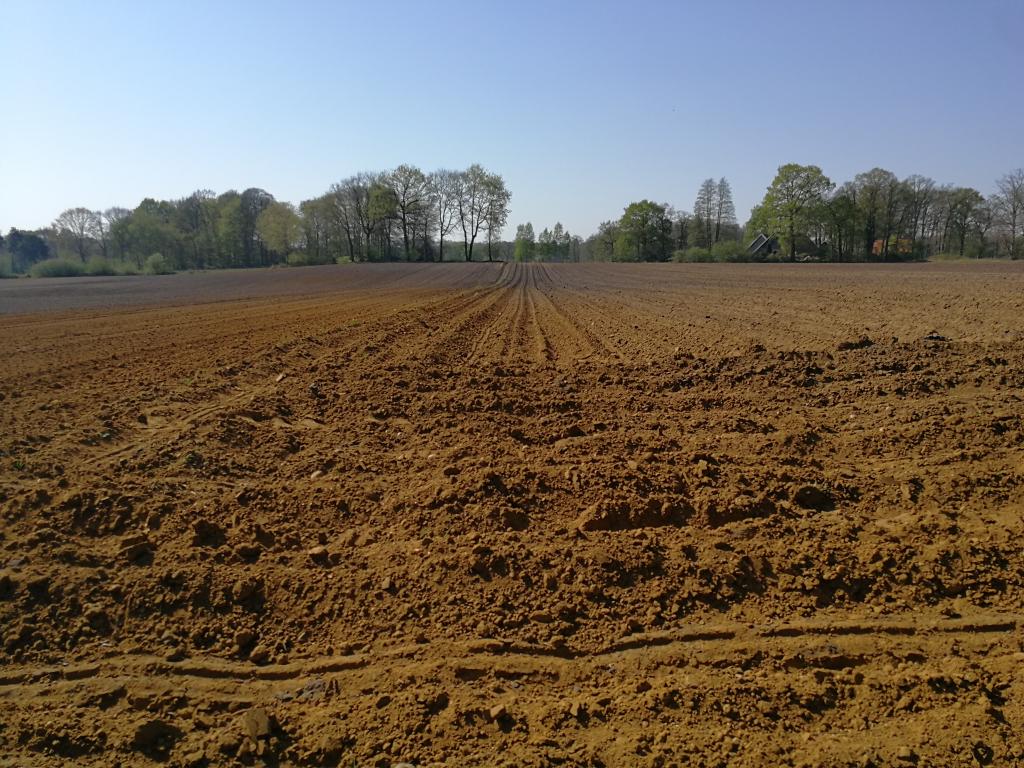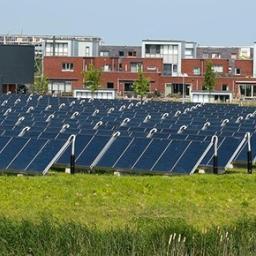More efficient phosphorus use can avoid cropland expansion
Global projections indicate that approximately 500 Mha of new arable land will be required to meet crop demand by 2050. Applying a dynamic phosphorus (P) pool simulator under different socioeconomic scenarios, we find that cropland expansion can be avoided with less than 7% additional cumulative P fertilizer over 2006–2050 when comparing with cropland expansion scenarios, mostly targeted at nutrient-depleted soils of sub-Saharan Africa. Additional P fertilizer would replenish P withdrawn from crop production, thereby allowing higher productivity levels. We also show that further agronomic improvements such as those that allow for better (legacy) P use in soils could reduce both P outflows to freshwater and coastal ecosystems and the overall demand for P fertilizer.

Over the past decades, cropland expansion required to meet the world’s increasing food demand has come at the cost of forests and wetlands, with agricultural lands currently surpassing natural lands . The encroachment of natural areas has been associated with natural habitat and biodiversity losses and an estimated soil carbon loss of ~2 gigatonnes of carbon per year. At the same time, inefficient fertilizer use in croplands has exacerbated phosphorus (P) and nitrogen losses to fresh and coastal waters, leading to eutrophication and the formation of coastal dead zones. Indeed, agriculture has been a major cause for exceeding the safe planetary boundary for P flows to the ocean; since World War II, increased crop productivity in high-income (HI) regions has been associated with higher—and often disproportionate—nutrient application rates and greater environmental pollution. In other parts of the world, however, excessive soil nutrient mining has led to cropland abandonment and the implementation of new agricultural land. Avoiding future cropland expansion and promoting naturalland restoration while reducing environmental pollution are thus key to achieve a more sustainable food system.
Efficient soil phosphorous management can avoid global cropland expansion
In this study, we assess the relative importance of projected productivity increase and cropland expansion, and its consequences for P use, under each of the five shared socioeconomic pathways (SSPs). The results in this study demonstrate that efficient soil P management can avoid global cropland expansion without requiring major additional P inputs in croplands at the global scale, with increased P fertilizer applications only in nutrient-poor, low-productivity countries in SSA. Future agricultural practices must take historical P inputs into account. HI regions with large historical applications should rely more on mining legacy P, whereas SSA with nutrient-poor soils should focus on increasing their soil P to avoid further encroachment of natural land. Higher productivity via sustainable intensification is feasible, as these areas are still below their yield potential for some important crops. While productivity improvements represent an important task to improve crop production systems in many LMI regions, some of the required productivity increase has already been achieved in the 2005–2015 period, and is still within the range of other global regions. These improved productivities can be further combined with reconnecting livestock and croplands, a territorial optimal allocation of local available resources and/or urban P recycling. These practices can repair the leaks created in the Anthropocene global P cycle while avoiding future cropland expansion. Ultimately, strong governance must accompany these cropland management strategies to ensure that the required productivity increases do not negatively impact biodiversity, and to avoid abuse and misappropriation of spared cropland.
Authors
Specifications
- Publication title
- More efficient phosphorus use can avoid cropland expansion
- Publication date
- 1 July 2021
- Publication type
- Article
- Page count
- 9
- Publication language
- English
- Magazine
- Nature food
- Issue
- 2021
- Product number
- 4692




